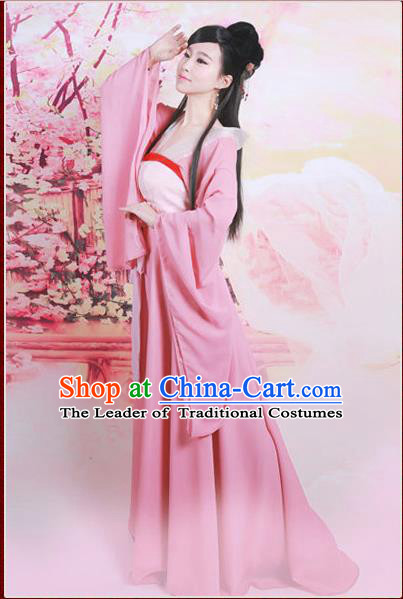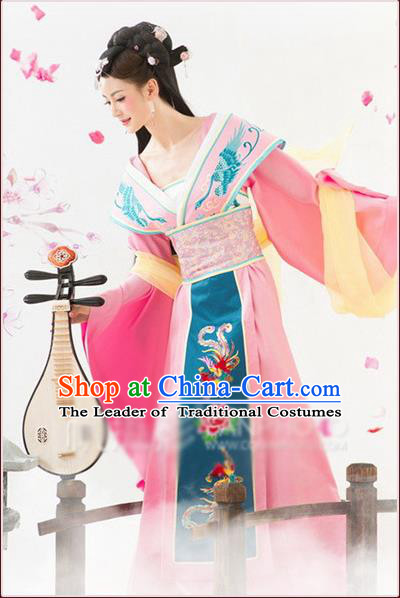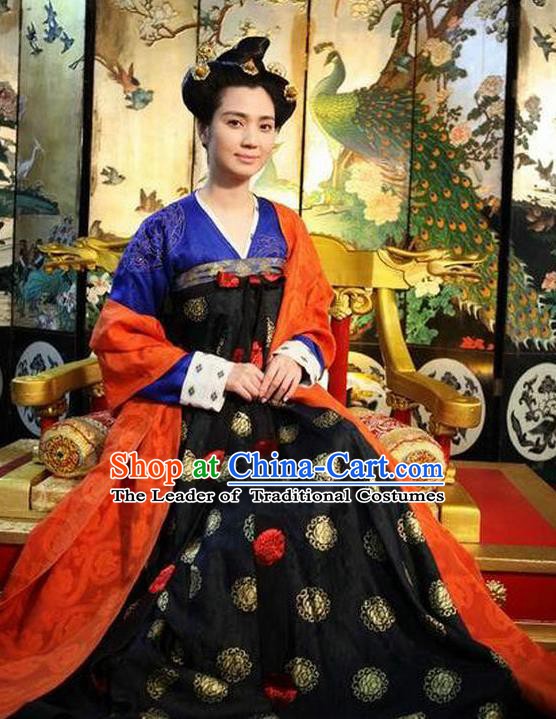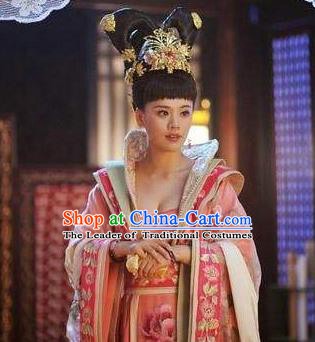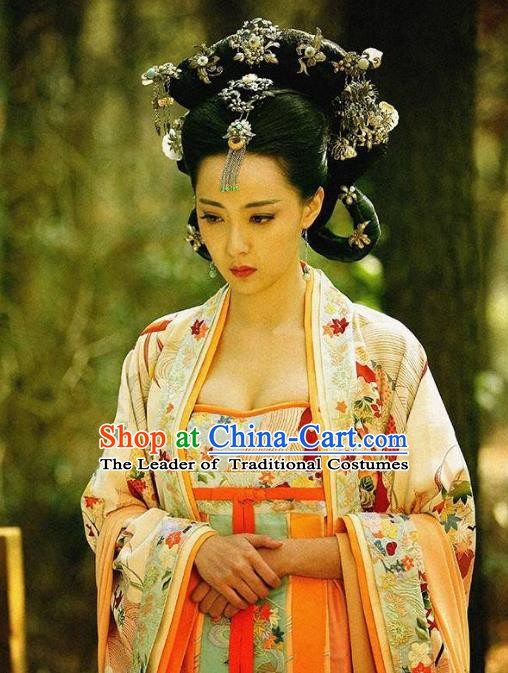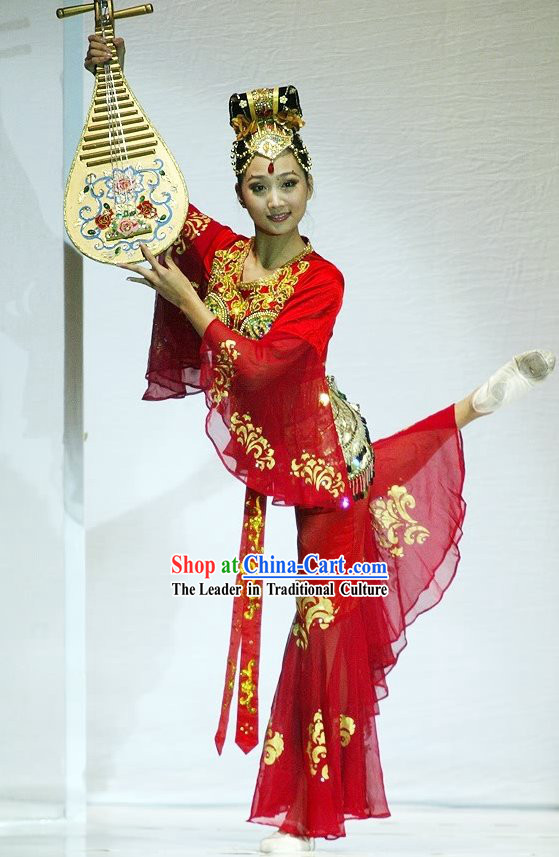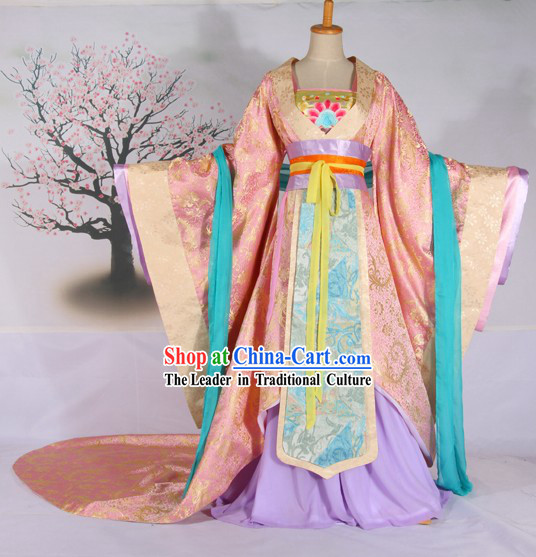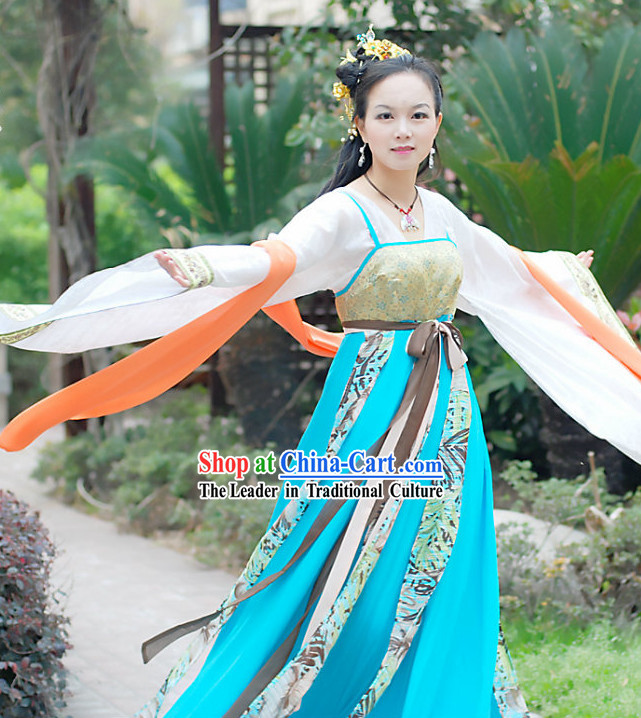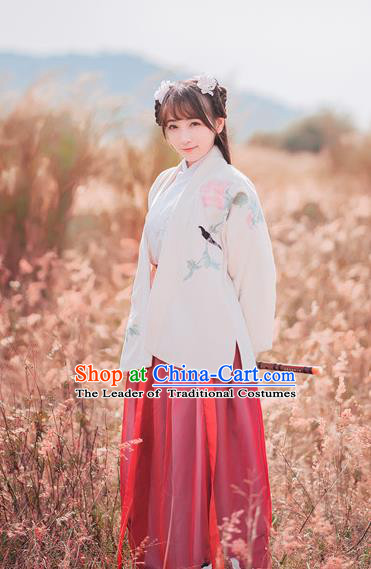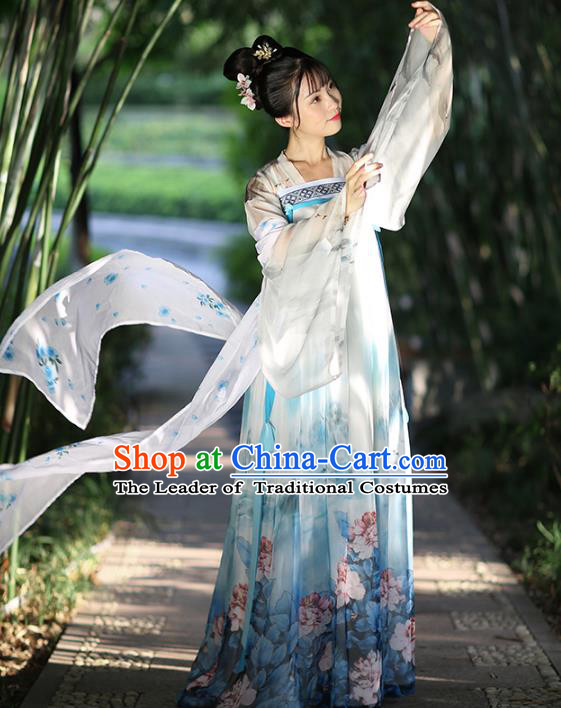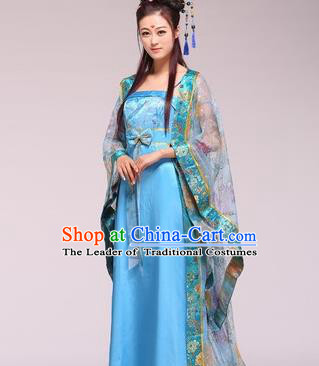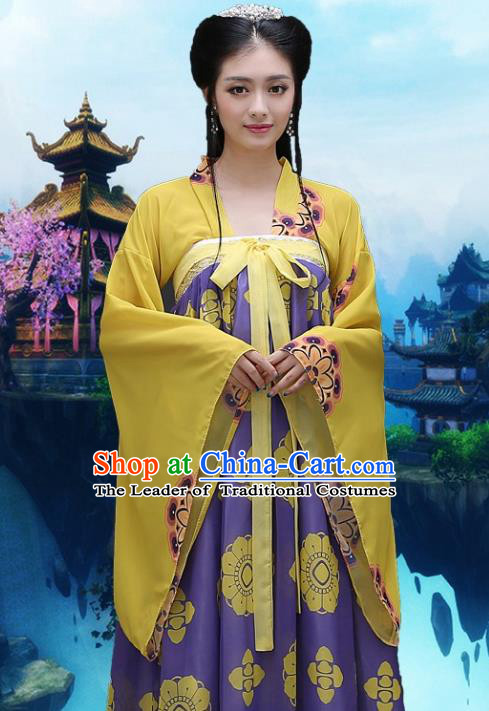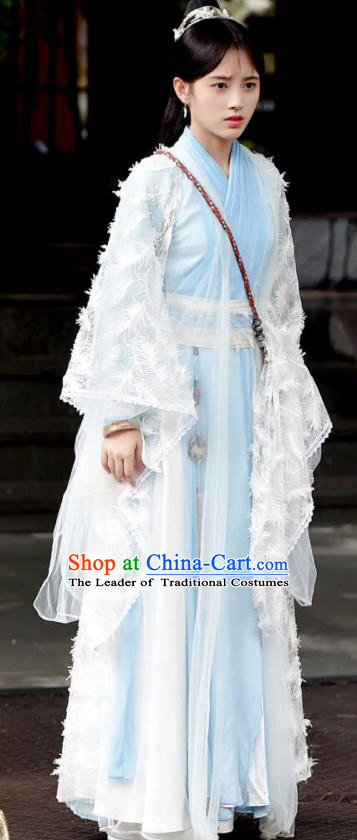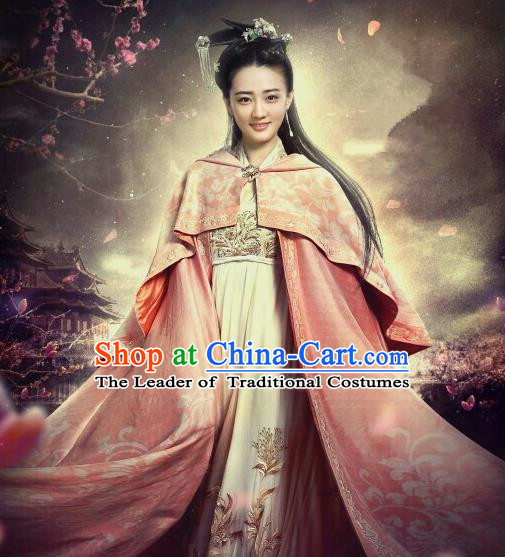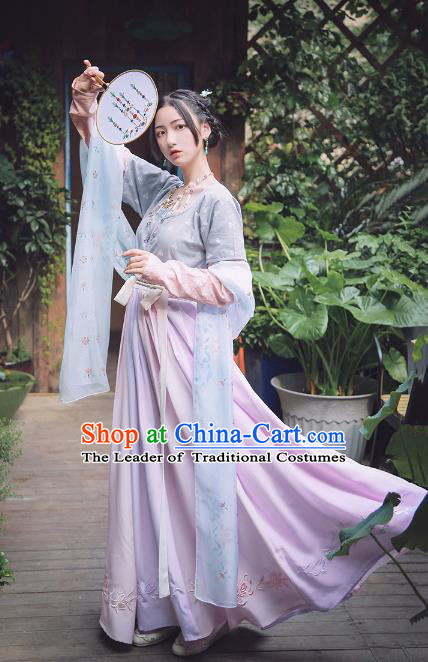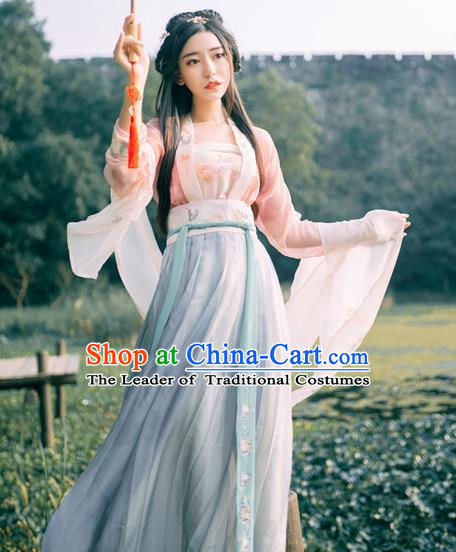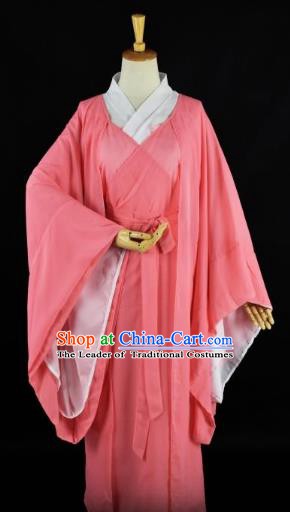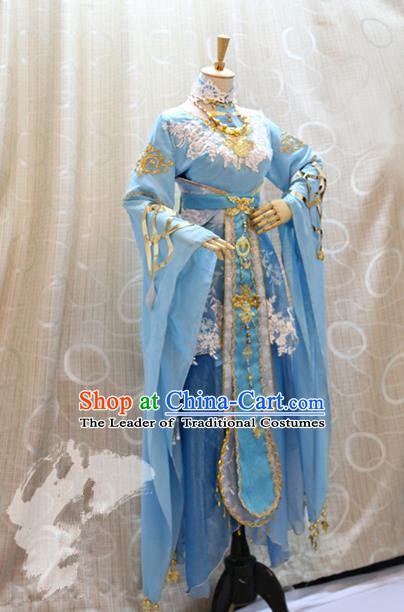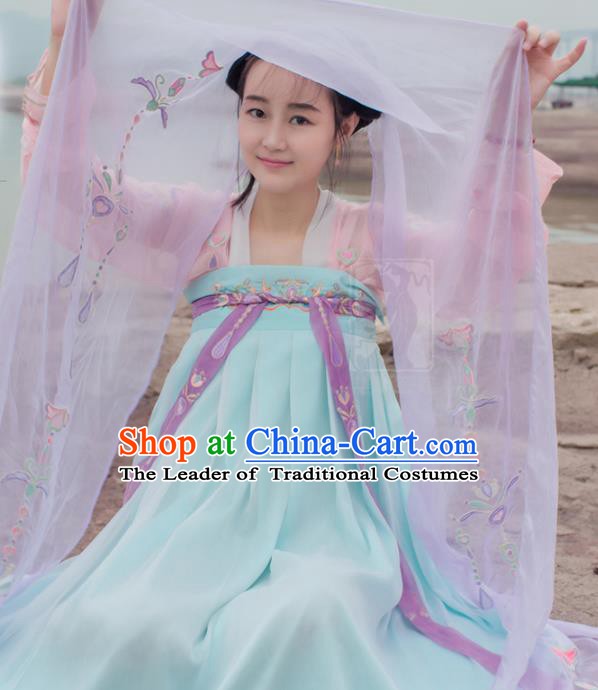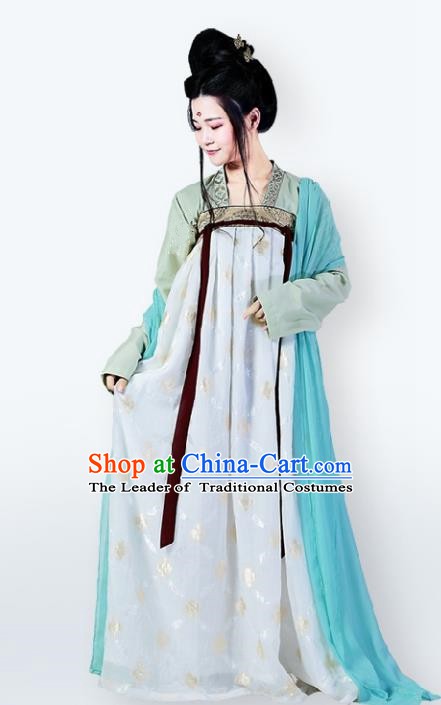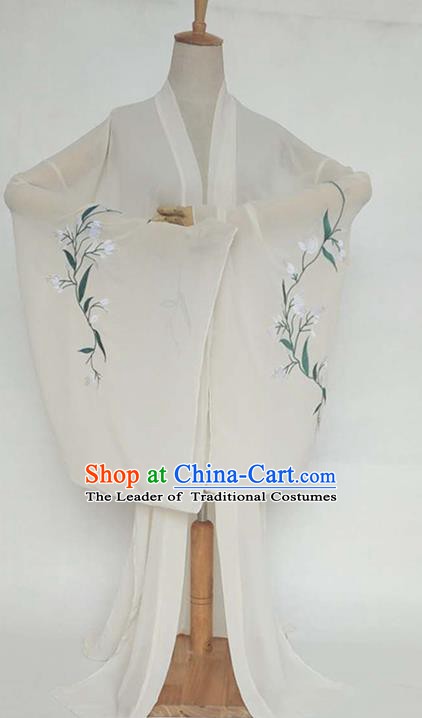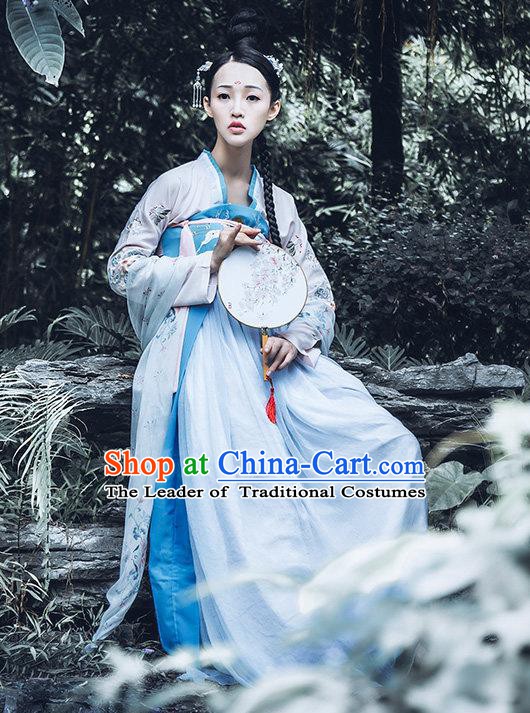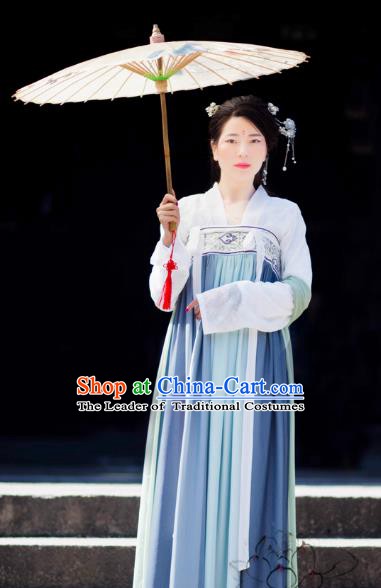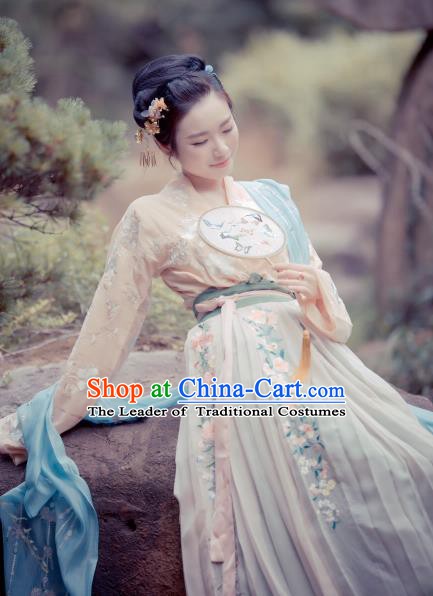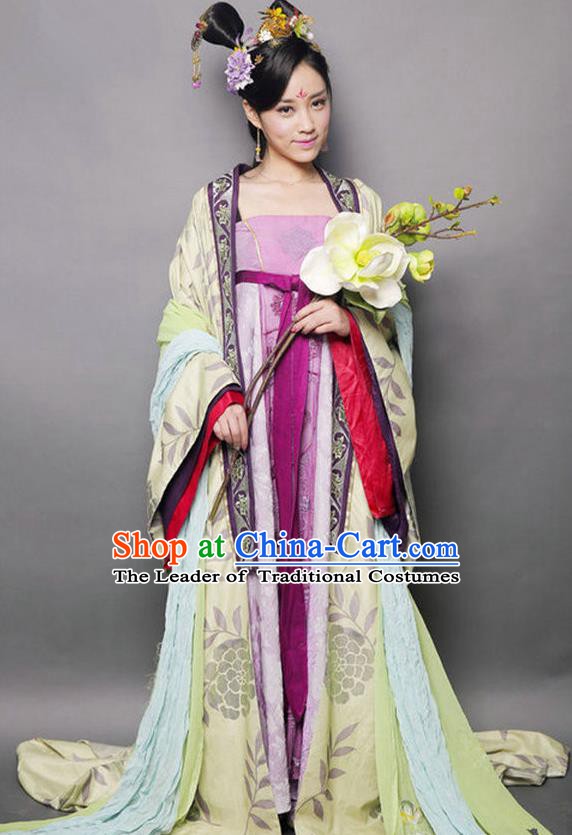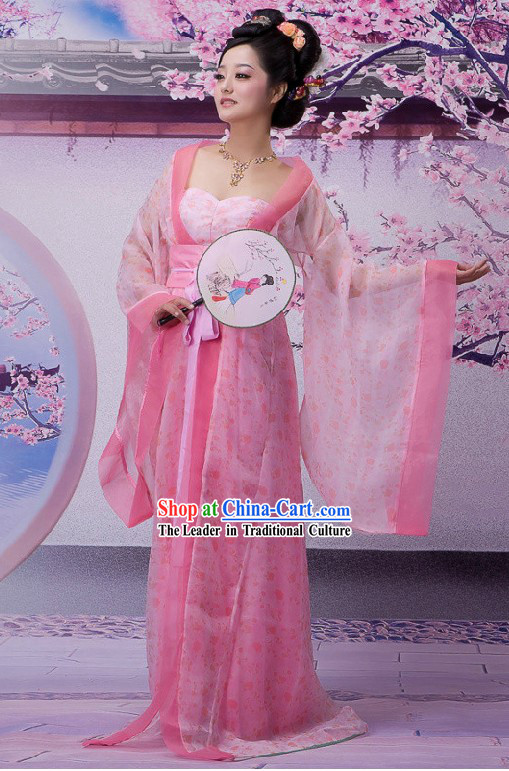
Click Related Pictures for More Audios:
In ancient China, the imperial court of the Tang Dynasty was known for its exquisite and luxurious clothing, which were an important part of Chinese culture.
These garments were famous for their intricate designs and attention to detail, as well as their use of high-quality materials such as silk and brocade.
The clothing worn by women in the Tang Dynasty's imperial court was particularly noteworthy.
They wore long, flowing robes and skirts, as well as elaborate headdresses that were designed to showcase their beauty and status.
The garments were often adorned with intricate embroidery and beading, and featured a wide range of colors and patterns.
One of the most famous examples of Tang-era court dress was the "Ni Chang Yu Yi," or Rainbow Garment, which was a long robe and skirt decorated with colorful feathers and beads.
This garment was inspired by the image of a fairy, and was meant to symbolize the beauty and mystery of women.
In addition to their aesthetic appeal, the clothing worn by women in the Tang Dynasty's imperial court also had a rich symbolism.
For example, the color of a woman's robe might reflect her rank within the court hierarchy, or her loyalty to the emperor.
Jewels and other decorative elements on a headdress could indicate a woman's wealth and status.
Some garments even had practical functions, such as providing warmth or protection from the elements.
Overall, the clothing worn by women in the Tang Dynasty's imperial court was a testament to the sophistication and creativity of Chinese culture during this period.
By studying these garments, we can gain a deeper understanding of the complex social, political, and economic forces that shaped ancient China, as well as the enduring legacy of this remarkable civilization.
